Everything You Need To Know About Growing Crisp Cucumbers |
Tips and tricks to getting cool, juicy cucumbers without the bitterness. One of the joys of the summer garden is slicing up a cucumber straight off the vine and savoring that first crisp, cool bite. Well, it's a joy when the cucumber tastes the way it should, with that sweet, refreshing flavor that alludes to a clear mountain spring. But sometimes, for no apparent reason, one will taste bitter.
 How does that happen, and more importantly, what can you do about it? If you follow these tips to minimize a cucumber's greatest enemy—stress—you'll prevent bitterness, as well as most of the other problems that may have marred your cuke harvest in the past, such as pests and diseases. And I promise that this year you'll enjoy crisp, tasty cucumbers, just the way they should be. (Whether you're starting your first garden or switching to organic, Rodale’s Basic Organic Gardening has all the answers and advice you need—get your copy today!) Some cukes start out bitter, but some become bitter because of conditions in their environment, many of which you can control. Plants that are stressed are more likely to become bitter, but the degree of bitterness depends on the severity of the stress. Stress in a plant is most often caused by insufficient and uneven moisture, but temperature extremes and poor nutrition can also play a part. Minimize stress and maximize flavor by following these seven steps. Keep Your Cucumbers Hydrated Provide plants with plenty of moisture, especially around the time the plant is flowering and fruiting. Any water stress during this period of rapid growth causes the levels of bitter-tasting compounds to rise. Cucumbers are vigorous growers and therefore need between 1 and 2 inches of water per week, depending on the weather and the characteristics of your soil. The key is to keep the soil slightly moist at all times. Water deeply about once or twice a week—and more often if you're gardening in sandy soil.
Add Mulch To Your Cucumber Bed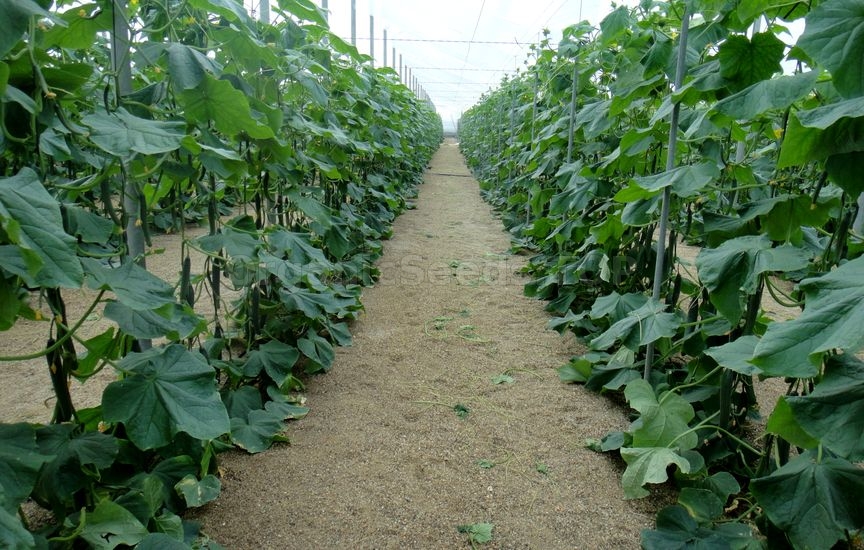 You can further reduce water stress by mulching plants with an organic mulch. Mulch helps to conserve and moderate moisture levels while blocking out weeds. Wait until summer or after the soil has warmed above 70 degrees before applying organic mulches such as straw.
Regulate The Temperature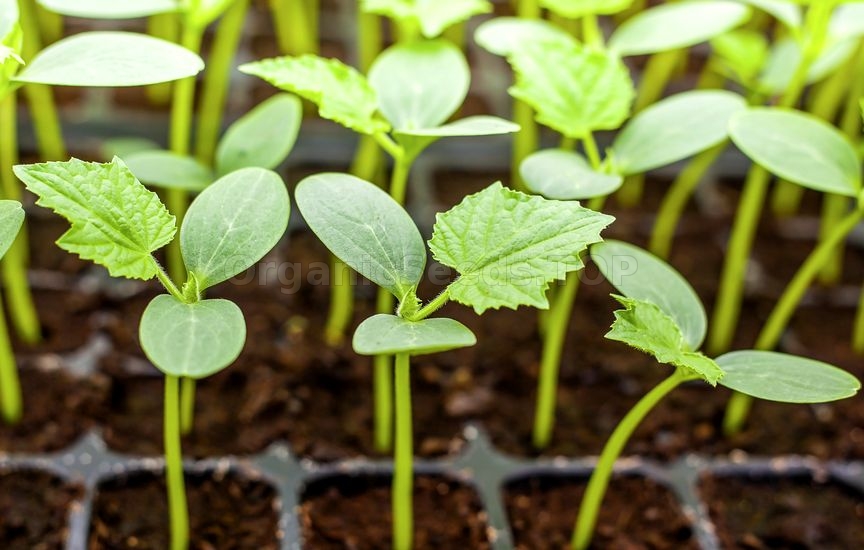 Cucumbers like warm conditions, but growing cool and tasty cukes in the heat can sometimes be a challenge. In fact, high temperatures not only affect fruit quality, but they can also affect fruit set by causing the plant to produce a higher ratio of male flowers. "Cucumbers are really sensitive to high heat," says horticulturist Emily Gatch, greenhouse and pathology coordinator with New Mexico-based Seeds of Change. "It can be really hard on plants if temperatures are consistently in the mid-90s." If you're growing cucumbers in a hot climate, Gatch recommends providing plants with filtered afternoon shade to help cool things down, either by strategically planting taller crops at the southern end or by adding a shade cloth to block 40 to 50 percent of the sunlight.
Give Them Sunlight And Good Soil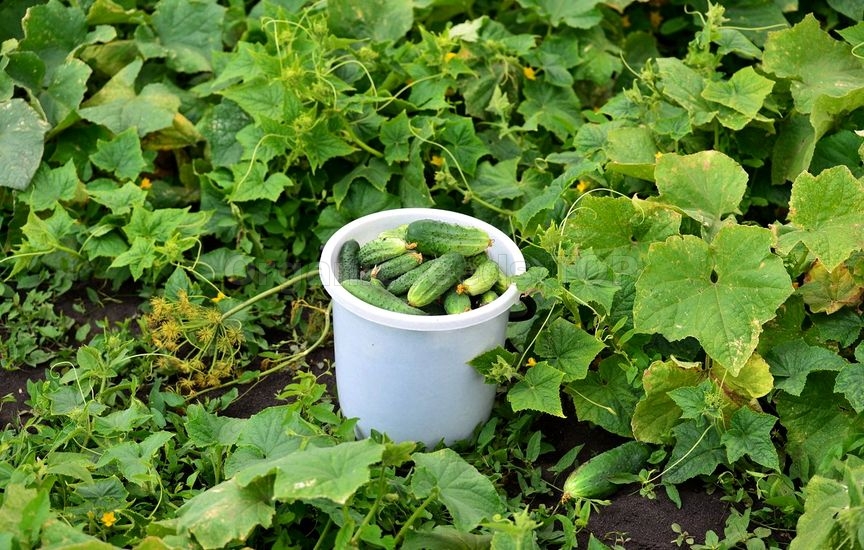 For the best-tasting fruit and optimum yields, grow plants in a sunny spot and in warm, fertile, and well-drained soil rich in organic matter. Raised beds are ideal. Cucumbers require a soil pH between 6 and 7. Wait to sow seeds or set out transplants until after all danger of frost has passed and the soil has warmed to at least 60°F. An unexpected frost will kill plants, and the vines grow slowly and become stressed in cool conditions. You can start seeds indoors three to four weeks before your anticipated planting date outdoors. Be careful not to disturb roots when transplanting.
Reduce The Weeds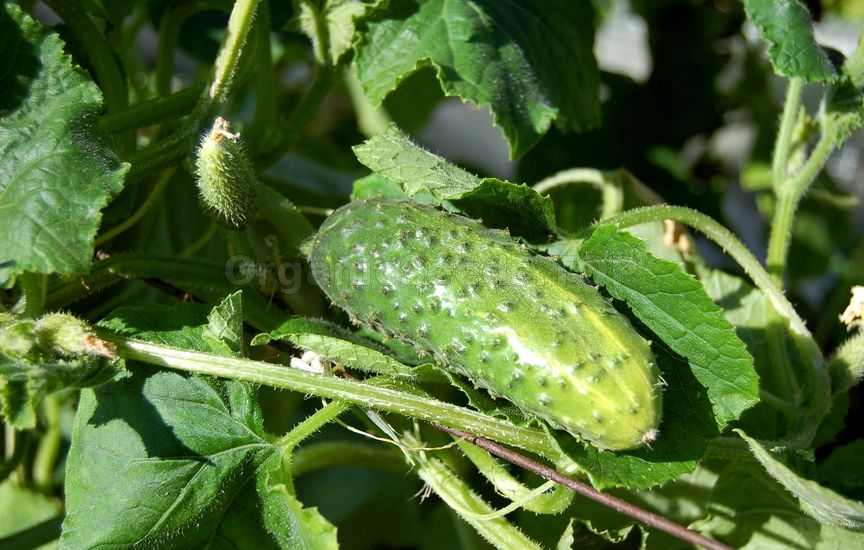 Keep your cucumber patch and the area around it free of weeds. Some types are hosts for bacterial wilt disease, which is spread by cucumber beetles. Intense feeding by these beetles can kill a plant, and they're especially attracted to stressed plants—all the more reason to keep yours healthy and happy.
Use Row CoversRow covers, hotcaps (or plastic milk cartons with the caps removed), and plastic tunnels are great for getting plants off to an early start. And row covers not only help plants grow faster and flower sooner, they also protect plants from pests. Just be sure to remove any covering once plants start to flower.Harvesting Your Cucumbers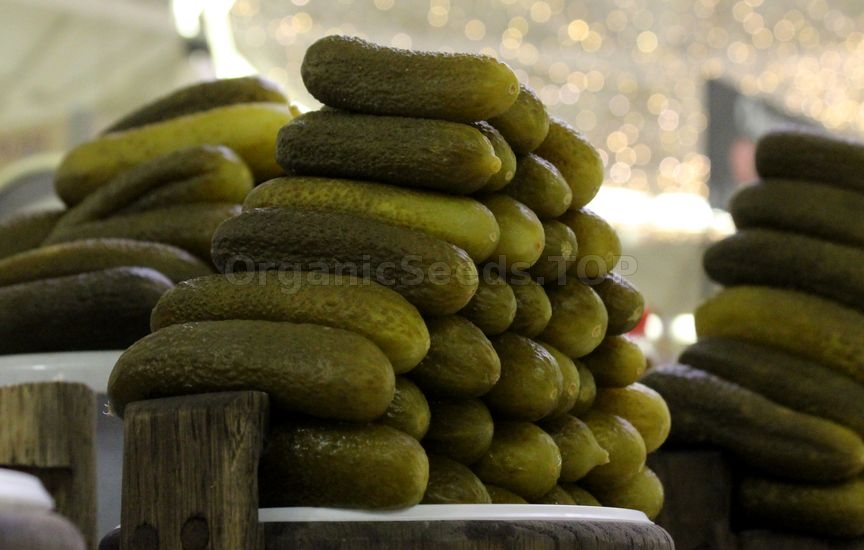 Depending on the variety, cucumbers are ready for harvest 50 to 70 days from planting. The more you pick cucumbers, the longer they'll produce. After all, they do belong to the squash family, and zucchini has certainly taught us a thing or two about letting fruits get too big. You can expect longer harvests of top-quality cukes on productive plants if you pick the fruits frequently and before they get too large.
Size Matters The size at which you harvest depends on the variety grown. For optimum taste and texture, American slicers are generally best when harvested at 6 to 8 inches long; Middle Eastern types such as Amira should be picked at 4 to 6 inches; most picklers at 3 to 5 inches; and Asian varieties at 8 to 12 inches. The Middle Eastern types (also known as Mediterranean cucumbers) are shorter and have a blockier shape than American varieties. Asian varieties like Suyo Long and Tasty Jade are long and slender, reaching as long as 15 inches in length. The Middle Eastern types have a bit more flavor than Asian varieties, which are very mild. Both types have very tender skin.
How To Harvest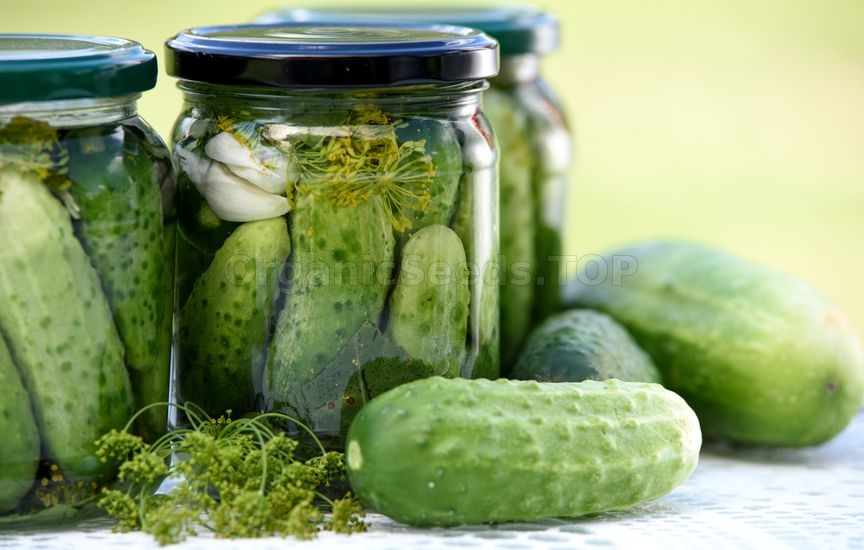 Some people harvest their cukes by turning the fruit parallel to the vine with a quick snap. But unless you're skilled at making such a clean break, a pair of scissors or pruning shears might prove a better bet. Simply grasp the fruit and cut the stem a quarter-inch above it.
The Bitter Truth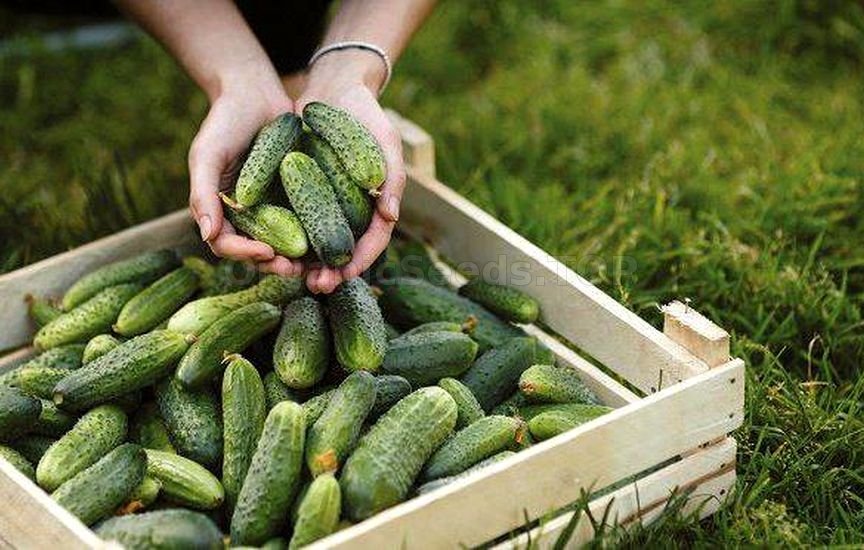 Most cucumber plants contain compounds known as cucurbitacins (pronouncd kyew-ker-bit-a-sins) that cause fruit to taste bitter. At low levels, you aren't likely to detect them. But high levels of cucurbitacins produce extremely bitter fruit—so bitter that eating it would cause a riot in your stomach. Cucurbitacin levels increase when a plant is under stress. The concentration of these compounds varies from plant to plant, fruit to fruit, and even within the individual fruit itself. The ability to taste cucurbitacins also varies from person to person. Even insects have varying preferences for cucurbitacins—the compounds attract cucumber beetles but repel other insects, such as aphids and spider mites. You may need:Cucumber seeds«Hedgehog» - Organic West Indian gourd Seeds (Cucumis anguria)Kiwano (African horned cucumber) - Organic Cucumber Seeds«Chinese salad» - Organic Cucumber Seeds«Parizhskiy Kornishon» - Organic Cucumber Seeds |
|
|
